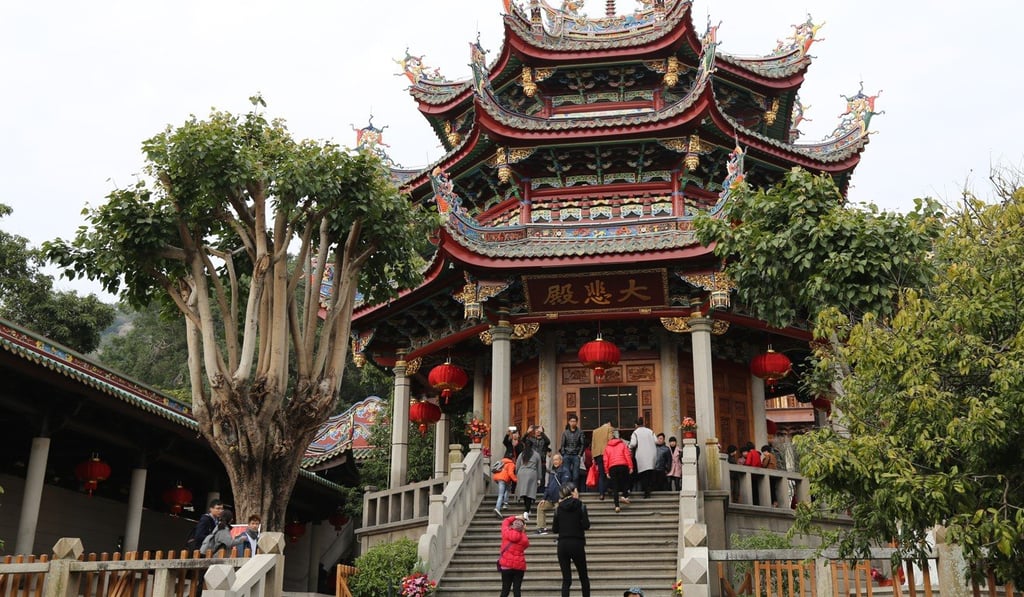Xiamen’s Mansion Gate serves as model for China’s cities
Xiamen earned its name from an ancient castle, the “Lower Gate Fortress” but, as it flourished, the city’s leaders decided to replace lower with its Putonghua homonym “mansion”, changing it from Lower Gate to Mansion Gate

Xiamen is the jewel of China’s southeast coast. Long the door to the outside world from imperial China, the modern era has transformed this island city and its surroundings into one of the nation’s most popular tourist destinations and a dynamic economic engine in southern China.
The city earned its name from an ancient castle, the “Lower Gate Fortress” but, as the city flourished and grew rich from ocean trade, the city’s leaders decided to replace lower with its Putonghua homonym “mansion,” thereby renaming the city in one stroke from Lower Gate to Mansion Gate. That name change isprophetic.
In the centuries that followed, Xiamen became the revolving door of trade and exploration that linked Imperial China with the outside world. That relationship wasn’t rosy, but in the last century that legacy has helped Xiamen create a society and environment that is modern, affluent, and acts as a model for cities across China that are chasing that same dream.
For visitors, a trip to Xiamen’s Overseas Chinese Museum, founded by native son Tan Kah Kee (Chen Jia Geng), is one of the best ways to learn about and understand the city’s history. Xiamen’s adventurous people have ventured all over the world, setting up businesses and Chinatowns from Jamaica to Italy. This museum tracks many of their feats and outstanding accomplishments.

The most popular tourist destination in Xiamen, however, is unquestionably Gulangyu, a tiny islet just off Xiamen’s harbour. Gulangyu was a concession to Western imperial powers following the Opium Wars, and hosted as many as a dozen consulates in the late 19th and early 20th century. Today the islet is almost always busy with tourists from the mainland – especially up and down the first few streets from the port. Tourists swarm the many hawkers, vendors and artists who crowd the alleys and streets of Gulangyu; one good way to avoid the crowds is to slip into one of the small cafes and find a table near the back. Also, keep your ears open as you walk through Gulangyu: the islet is known for its piano teachers as well as a small, beautiful piano museum.
Much like Hong Kong’s outlying islands, Xiamen has pristine beaches and seaside villages that can see the skyline of modern China from their doorstep, but remain peaceful and charming. Another great day trip involves a short drive – or ferry ride – onto the mainland to explore the Hakka towns of Fujian. The Hakka are known as “Guest Families” in China, referring to their ancient status as a nomadic tribe of families, and their circular town halls, known as tulou, are preserved throughout Fujian and around Xiamen city.
Trips to the outlying islands and villages can help place this booming port in historical and cultural perspective, and allow visitors to understand not only where Xiamen comes from, but also provide a glimpse into where the city is headed.